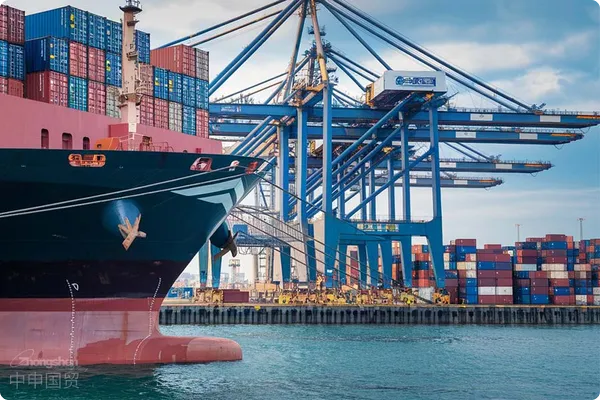- Shanghai Zhongshen International Trade Co., Ltd. - Two decades of trade agency expertise.
- Service Hotline: 139 1787 2118

2025 electronicsEquipment ImportsMarket New Landscape
According to the latest forecast by Statista, the global consumer electronics import market size will exceed $800 billion in 2025, with smart wearable device imports growing at an annual rate of 18.7%. However, 23 updated technical standards including the new FCC certification regulations in the US and the revised EU CE-RED directive are reshaping agency brand selection criteria.
Four Golden Standards for Selecting Agency Brands
- Technical compliance verification
- Mandatory certification coverage in target markets must reach 100%
- Pre-installed software systems must pass local data security reviews
- Hardware interfaces must comply with the latest international specifications (e.g., USB4.0 standard)
- Market Adaptability Analysis
- Compatibility with mainstream sales channels in target countries
- Product localization improvement capabilities (e.g., multilingual support)
- After-sales service network coverage density
- Supply Chain Stability Assessment
- Key component inventory cycle ≤45 days
- At least 2 certified backup factories
- Logistics node visualization system equipped
- Brand Premium Capability Calculation
- Patent holdings ≥1.5 times industry average
- Annual R&D investment ratio >8%
- Top 5 brand awareness in target markets
2025 customs clearance process optimization strategy
Based on our experience with 372 import cases, we recommend the following customs clearance optimization solutions:
- Smart Classification System Deployment
By implementing an HS code intelligent matching engine, the classification accuracy rate has been increased to 98.7%. In one smartwatch import case, it successfully avoided 17% of incorrect tariffs.
- Tax Optimization Combination Model
By applying RCEP rules of origin, a VR equipment import case achieved a 14.2% tariff reduction.
- Express Customs Clearance Channel Construction
Established dedicated channels for AEO-certified enterprises, reducing clearance time for a batch of smart home devices to 8 hours.
Typical Risk Avoidance Case Analysis
A certainCross-border E-commerceWhen representing a Korean brands TWS earbuds:
- Completed EU radio equipment compliance modifications 6 months in advance
- Utilized free trade agreements to save $230,000 in tariffs
- Established emergency logistics solutions to address chip shortage crises
Ultimately achieved 28 days earlier product launch with return rates maintained below 0.7%.
2025 industry trend forecast
- Import volume of multi-technology integrated devices will increase by 200% (e.g., AI+IoT products)
- ASEAN MarketImport ClearanceDelivery time requirements increased to 72 hours
- Component traceability systems will become mandatory clearance requirements
We recommend importers establish dynamic compliance databases, regularly update technical access lists for 40 major trading countries, and establish strategic cooperation mechanisms with professional agencies.
Related Recommendations
? 2025. All Rights Reserved. Shanghai ICP No. 2023007705-2  PSB Record: Shanghai No.31011502009912
PSB Record: Shanghai No.31011502009912










